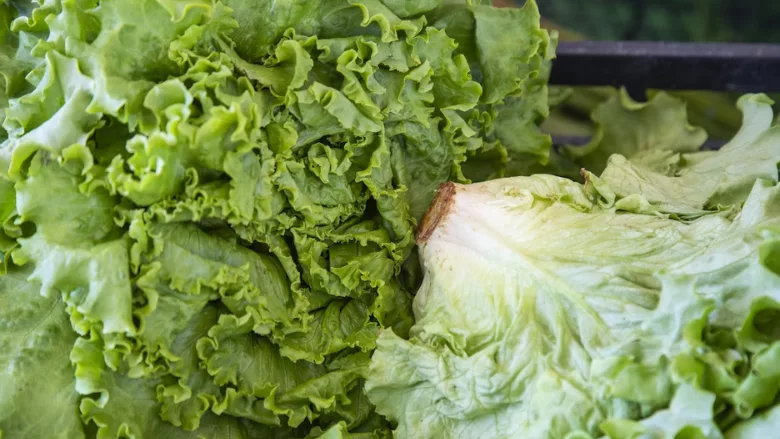CDC Summarizes Multistate Foodborne Illness Outbreaks 2017–2020: Salmonella, STEC, Listeria

Credit: Engin Akyurt via Unsplash
The U.S. Centers for Disease Control and Prevention (CDC) recently published a webpage that summarizes the outcomes of CDC’s investigations of possible multistate outbreaks caused by Salmonella, Shiga toxin-producing Escherichia coli (STEC), and Listeria monocytogenes in 2017–2020.
Multistate Outbreaks at a Glance
The analysis includes 470 possible multistate outbreak investigations, 53 percent of which were confirmed to be multistate. Of the analyzed outbreaks, 80 percent were solved by investigators, and 67 percent of outbreaks were successfully linked to a source. A total of 130 outbreaks were confirmed or suspected to have been caused by contaminated foods. Additionally, from 2017 through 2020, CDC issued 65 outbreak notices, including 52 linked to contaminated foods. Of the multistate outbreaks with a confirmed source, 43 resulted in product recalls or the withdrawal of the contaminated product from the market.
The Public Health Impact of Foodborne Illnesses
The foodborne illness outbreaks identified in the CDC summary were associated with 7,659 illnesses, 2,044 hospitalizations, and 41 deaths. Among the foodborne illnesses related to solved multistate outbreaks, 9 percent occurred in children under five years of age, and 20 percent occurred among adults over 65 years of age—both vulnerable groups. Additionally, a higher proportion of L. monocytogenes infections occurred among adults over 65 years of age when compared to Salmonella and STEC infections.
Salmonella caused the most multistate foodborne illness outbreaks at a rate of 64 percent, followed by STEC at 22 percent and L. monocytogenes at 14 percent. Furthermore, Salmonella outbreaks tended to be larger than those caused by STEC or L. monocytogenes. However, L. monocytogenes illnesses were found to be more severe than those caused by Salmonella or STEC, with 94 percent and 16 percent of foodborne listeriosis cases resulting in hospitalization or fatality, respectively.
Foods Commonly Associated With Multistate Outbreaks
Looking for quick answers on food safety topics?
Try Ask FSM, our new smart AI search tool.
Ask FSM →
Specific food groups were commonly found to be the source of multistate foodborne illness outbreaks. Fruits topped the list, associated with 22 solved outbreaks, with papayas and melons identified as the cause of six outbreaks each. Vegetable row crops were the second most-common source, causing 20 outbreaks, seven of which were linked to romaine lettuce. Additionally, onions were identified as the vehicle for three foodborne illness outbreaks, sickening 1,400 people; as a result, root/underground vegetables caused the most outbreak-associated illnesses of any food category. At least one multistate foodborne illness outbreak linked to beef, chicken, dairy, fruits, and vegetable row crops occurred every year during 2017–2020.
Notable Multistate Foodborne Illness Outbreaks
In its summary, CDC highlights several multistate foodborne illness outbreaks of note, including:
- Two Salmonella outbreaks that were caused by the same strain and were associated with ground beef highlighted the need for improved traceability of cattle. In both outbreaks, investigators traced ground beef to several slaughter and processing establishments, but could not identify the farms that supplied cattle to the establishments, limiting the ability to determine what caused illnesses from the same strain over many years. After these food safety incidents, CDC identified Salmonella and ground beef as one of its prevention priorities.
- Leafy greens grown in California and Arizona caused significant outbreaks of STEC in 2018 and 2019. Environmental assessments suggested agricultural water, and possibly cattle, as sources of STEC contamination. As a result of these outbreaks, CDC identified STEC and leafy greens as a prevention priority, the U.S. Food and Drug Administration (FDA) released an action plan for STEC and leafy greens, industry began voluntarily labeling prepackaged leafy greens to identify where they were grown, and the California and Arizona Leafy Green marketing Agreements (LGMA) issued updated recommendations to growers for mitigating contamination.
- Ready-to-eat (RTE) deli ham contaminated with L. monocytogenes caused a multistate outbreak in 2018, and deli-sliced meats or cheeses were the suspected source of another listeriosis outbreak in 2019. These outbreaks highlight the risk that RTE meats and cheeses pose for listeriosis, especially RTE meats and cheeses sliced in a retail deli, due to the potential for cross-contamination. As a result, the U.S. Department of Agriculture’s Food Safety and Inspection Service (USDA’s FSIS) updated two directives related to RTE sampling and L. monocytogenes rule verification activities, and added a related study to its Food Safety Research Priorities.
- Two Salmonella outbreaks—one Salmonella Infantis outbreak linked to raw chicken products and one Salmonella Reading outbreak linked to raw turkey products—indicated widespread contamination throughout the poultry industry. During both investigations, outbreak strains were found in a variety of raw poultry products, raw pet food, and live poultry, but no common food product or supplier could be identified. The outbreaks occurred from 2017–2019, following FSIS’ release of more stringent Salmonella performance standards for poultry products. As a result, FSIS increased its efforts to reduce Salmonella illnesses linked to poultry, of which the recent declaration of Salmonella as an adulterant in certain chicken products is a continuation.








